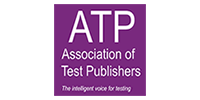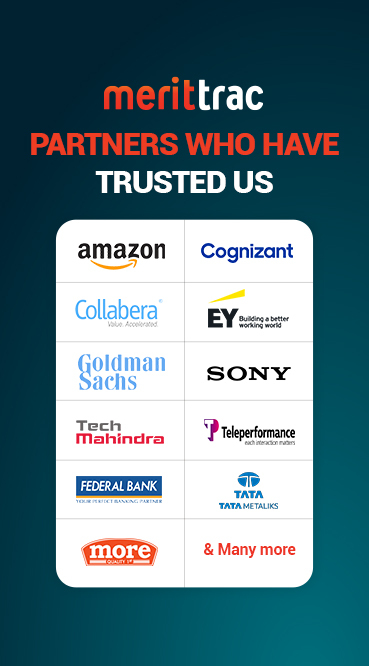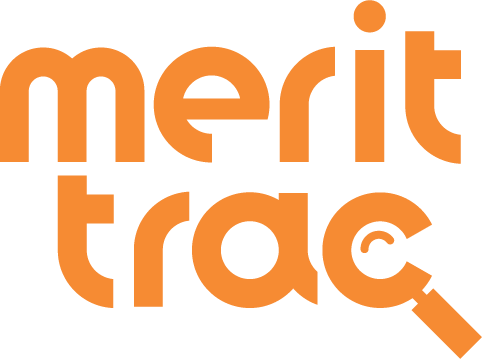What is learning agility Assessment?
In today's rapidly changing business landscape, it's more important than ever for employers to seek out candidates who are learning agile. Learning agility is adapting quickly to new situations and learning from mistakes. By administering a learning agility assessment during the hiring process, employers can identify candidates who are likely to excel in a fast-paced environment. In addition, an assessment of learning agility can help to identify potential areas of development for candidates.
How to Measure the Dimensions of Learning Agility?
Some say it's a matter of IQ; others say it's a matter of emotional intelligence. But the truth is, there's no one-size-fits-all answer. Learning agility is a complex concept that can be measured in many ways.
- Speed of Learning
Those who can quickly grasp new concepts and ideas are more likely to be successful in their careers than those who struggle to keep up with the pace of change. Learning quickly and adapting to new situations are more important in today's rapidly changing world.
- Depth of Learning
As an experienced learner knows, depth of learning is an essential indicator of learning agility. This term refers to learning new skills and information and applying it effectively in new situations. Depth of learning is a critical component of learning agility, as it allows learners to assimilate new material rapidly and put it to use in real-world situations.
- Performance risk-taking
Taking risks can be a good thing. It may sound counterintuitive, but experts agree that those willing to take risks are often more successful in the long run. This is because they're more open to new experiences and are willing to step outside their comfort zone.
Practises For Evaluating Learning Agility Assessment
So how do you go about assessing learning agility? Here are some essential factors to consider:
- Make use of scientifically validated learning agility assessments
Learning agility assessments typically involve a combination of cognitive tests and scenarios designed to assess how well a candidate can adapt to change. By making use of scientifically validated assessments, recruiters can ensure that they are identifying the best candidates for positions that require the ability to learn quickly and adapt to change.
- Candidate’s Ability
Before administering these assessments, it's essential to consider whether the candidate can benefit from them. After all, there's no point in giving a test to someone who can't learn from it. So when selecting candidates for learning agility assessments, be sure to consider their ability level first. Otherwise, you may be wasting your time.
- Train current employees
Many employees resist change, whether it's a new company policy or a shift in how work is done. So it's no surprise that when it comes to learning agility assessments, few employees are eager to take them.
After all, these tests can be challenging and often feel like they're designed to trip people up. However, if companies want to get the most out of these assessments, they must first provide employees with some training.
Why is learning agility necessary for organisations?
In today's rapidly changing business environment, organisations need employees who can quickly adapt and learn new skills. This is where learning agility comes in. Learning agility is identifying and embracing new opportunities, making decisions quickly, and learning from failures.
In other words, it's the ability to adapt to change. Organisations that encourage learning agility are more likely to be successful in the long run because they are better able to respond to changes in the marketplace.
How does MeritTrac's Psychometric Learning Agility Assessment Work?
MeritTrac’s psychometric learning agility assessment is a revolutionary new tool that can help to identify individuals who have the potential to be successful in a variety of roles. The assessment is based on the latest research in cognitive science and aims to measure an individual's ability to learn new information and adapt to new situations.
Our assessment consists of a series of questions that test an individual's knowledge of psychology and ability to apply it to real-world scenarios. The questions challenge an individual's assumptions and force them to think outside the box.Our assessment is an invaluable tool for organisations looking to identify candidates with the potential to succeed in various roles.
FAQ
FAQ
1. How do you evaluate learning agility?
There's no one answer to that question - after all, learning agility is a personal quality that may be difficult to quantify. However, a few key indicators can suggest whether someone is learning agile. For one, learning agility is usually quick to adapt to new situations and aren't afraid of change. They can also take criticism in stride and use it as an opportunity to improve. Furthermore, they tend to have a growth mindset, believing that intelligence and ability can be developed through effort and practice.
2. How can learning agility be improved?
There are several ways to improve learning agility, including pursuing new experiences, practising active listening, and taking on challenging tasks. Those who want to become more agile learners should be open to new ideas and willing to take risks.
3. Why do we need learning agility?
Learning new things and adapting to new situations are more important in a rapidly changing world. That's where learning agility comes in. Learning agility is the ability to learn continuously and adapt to new circumstances.
4. Why is learning agility key to leadership success?
In a rapidly changing world, it's more important than ever for leaders to be able to adapt and learn new skills. That's why learning agility is such an essential quality for successful leaders. Learning agility is learning new skills and knowledge quickly and then applying that learning to new situations. It allows leaders to stay ahead of the curve and be resilient in the face of change.


 Sales Hotline: USA: +1 646 916 0939 / Others: +91 80619 14700
Sales Hotline: USA: +1 646 916 0939 / Others: +91 80619 14700


